A friendship that has also become an elective affinity between Tom Kublin, father of high fashion photography, and Christobal Balenciaga, the historic French couturier who tells of a world that no longer exists in which passion, art and great professionalism meet in a story of ten-year collaboration. We talked about this and not only with Maria Kublin, daughter of the famous photographer who was the point of reference for the first Harper’s Bazar British issue.
Your father is one of the most illustrious fashion photographers of the twentieth century, how did his attraction to photography arise?
Kublin’s interest in photography emerged at a very young age, however it is a mystery how his interest for the medium arose. What I do know Is that from the moment he had a camera, all he did was taking pictures, subsequently setting up a darkroom in his parent bathroom at 13. At first his parents did not approve of their sons ambition to become a photographer, but soon realised that it was not just a fad but a serious calling. After finishing his formal training as a photographer, Kublin became a documentary photographer. The transition from documentary photographer to fashion photography seems unusual and to be fair, happened by accident. The defining moment was a last- minute job to shoot at a fashion show of couturier Jacques Fath. From that moment on fashion photography became his passion which developed into a unique artistic vision.
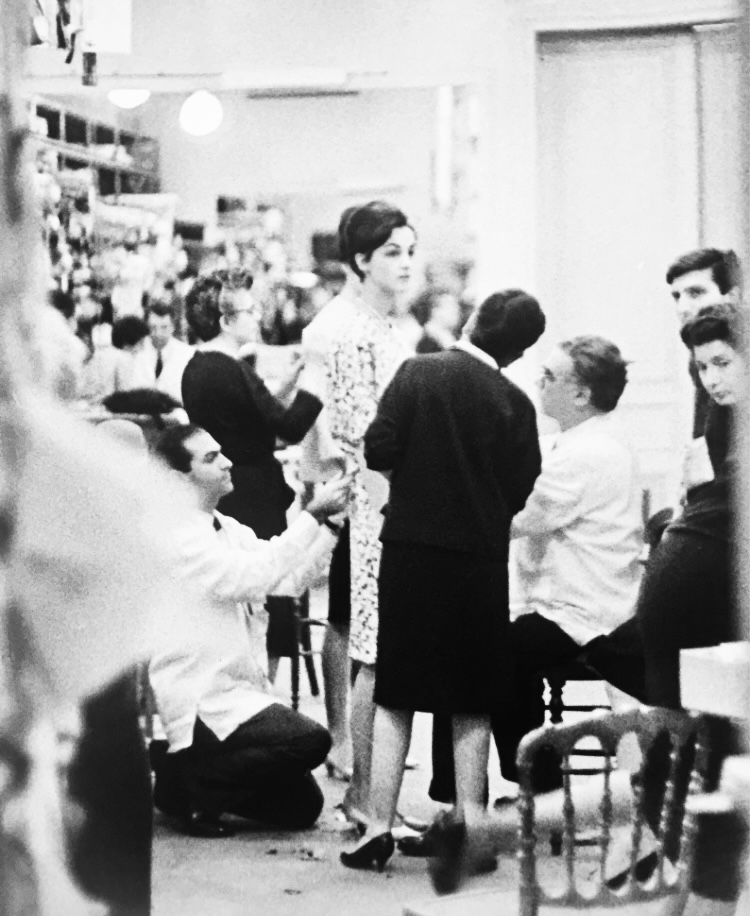
Among his most famous artistic collaborations is the one with Cristòbal Balenciaga. On what was this elective affinity between them based?
Extensive research showed that Kublin and Balenciaga had many things in common. The two men knew for example, at a young age what they wanted to be doing in later life and both had to flee their country for political reasons. But I believe that what made their collaboration unique was the fact that they understood one another. They shared the same values, a strive for perfection and loved the same quietly elegant aesthetic. This is why Kublin was able to bring their distinctive vision to magazines like Harper’s Bazaar, becoming Balenciaga’s favourite photographer in the process.
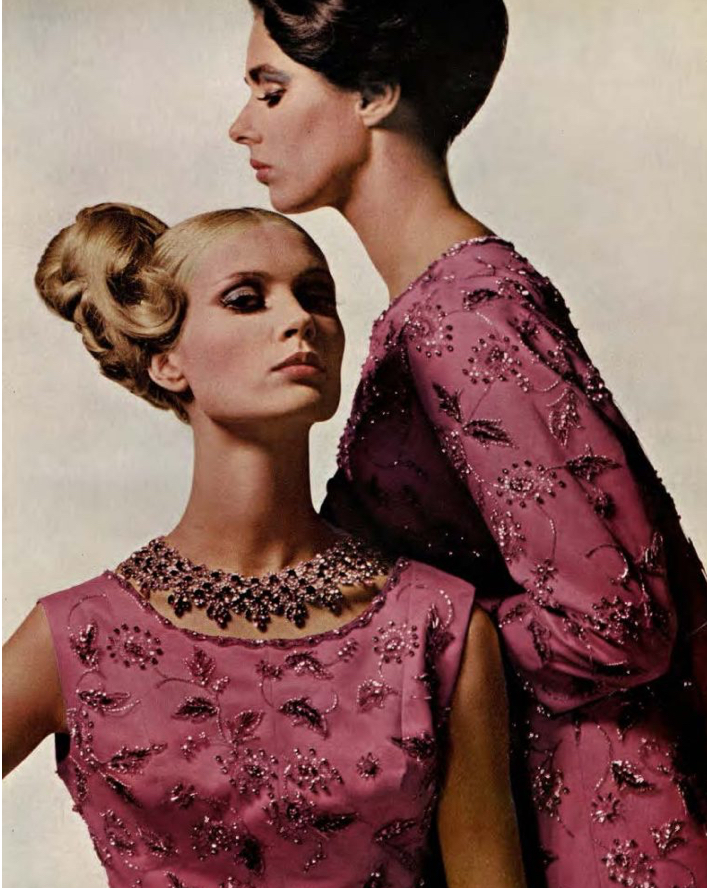
How much of your father’s aesthetic do you see in the fashion photography of recent years? for example in Sara Moon?
Fashion photography has never existed in a vacuum, as photographers have constantly pushed boundaries, generating great creativity and technical innovation. Fashion shoots reflect contemporary culture and are a reflection of for example the shifting role of women within society. Glamour and femininity was embraced after World War II and its aftermath. The style of Tom Kublin bears the hallmark of timeless and elegant aesthetic simplicity, that fitted very well with the zeitgeist, but is still relevant today. As a photo curator I have seen a lot of material, which allows me to recognise the development within the genre of fashion photography. There are quite a few photographers who look at the work of their forebears for inspiration, and there are also fashion photographers who have a similar aesthetic like that of my father, however translated into a contemporary version. You mentioned Sara Moon, who’s work has a wonderfully romantic quality, towards the past- and- towards the future. For instance if you look through her book for Dior, all the images have the aura of timelessness that I also see in the work of my father.
Fashion publishing has changed dramatically over the past decade. What solution would your father have proposed to continue giving the right value to the cultural and artistic factor of his profession in its digital expression?
It is difficult to say what kind of solution Kublin would have proposed that captured his creative vision and keeping its artistic value in the digital age. He was a man who appreciated the arts, theatre and classical music. He had an impeccable dress sense and was well mannered, taking this into consideration, I believe it would have taken him quite some time to adept to the digital revolution, which would, no doubt, shape his artistic journey dramatically. In any case I am convinced that he would always prefer to see his work in print.
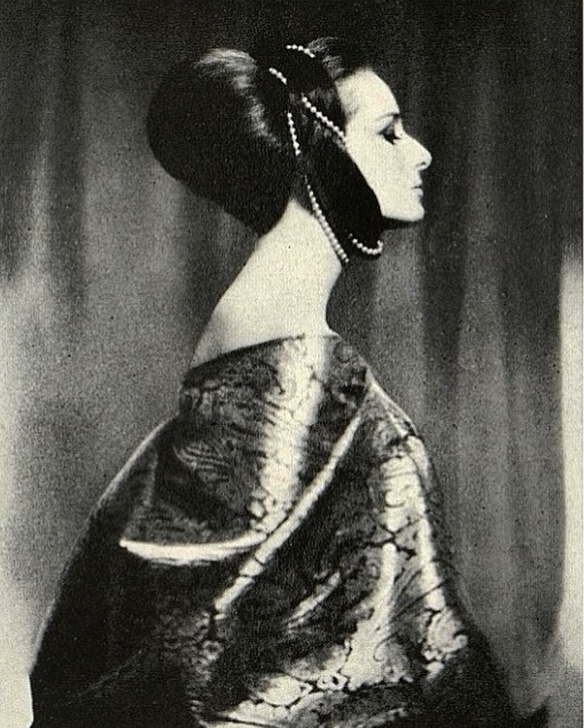
Is your mother the protagonist of a shot dedicated to Nefertiti? how much do the volumetric and emotional aspects express themselves in this shot and what was most dominant for your father?
My mother, model and muse Katinka, is indeed the model in the photograph that has references to ‘the bust of Nefretiti’. According to my mother, the shoots were all about fashion. Tom Kublin understood fashion and how fabric behaved and was constantly looking for ways how to capture a garment in the best possible light and angle. Therefore he made preliminary sketches, not just to stimulate creative thinking but also to work on proportions and seek balance in composition.The models he used for shoots were beautiful, but didn’t take away the attention of the garments they showed.
Your father and the color revolution, what was more revolutionary: the introduction of palettes after black and white or the transition between haute couture and the British new vogue led by Mary Quant?
I never knew my father as he passed away before I was born. Therefore a lot of the things I know about him came from my mother and people I interviewed for my upcoming book (Fall 2024) with Thames &Hudson about the visual dialogue between Kublin and Balenciaga, Based on my knowledge, he was quick to adept to the introduction of colour in fashion photography and subsequently made some iconic color photographs that are similar in style to the black-and-white images. However, I am pretty sure that he was ‘surprised’, to put it mildly, to witness a new age that saw the decline of haute couture and the rise of prêt-a-porter. It would have been interesting to see how his style would have evolved after 1968 when Cristóbal Balenciaga closed down and the golden years of haute couture were over.
Gioia Gange
More of Tom Kublin :
Cristóbal Balenciaga Museoa
More of Maria Kublin:


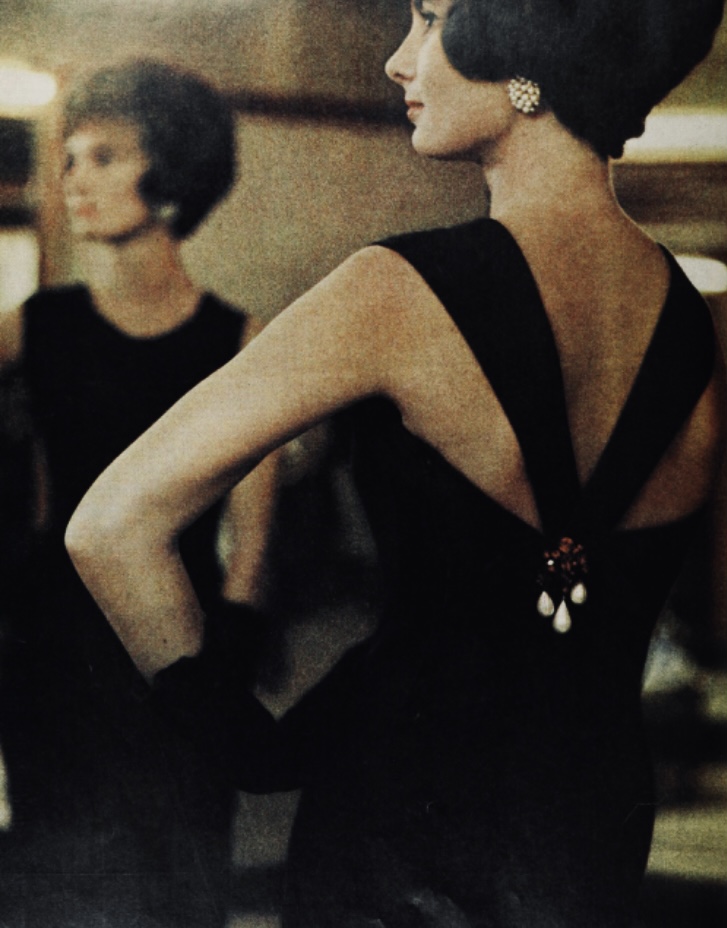
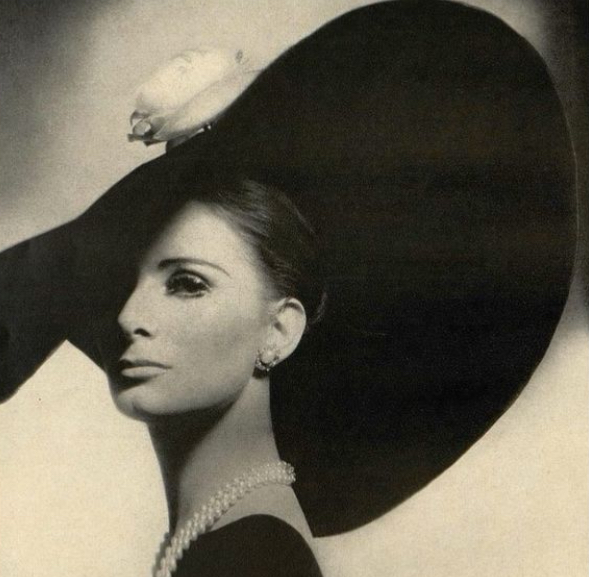
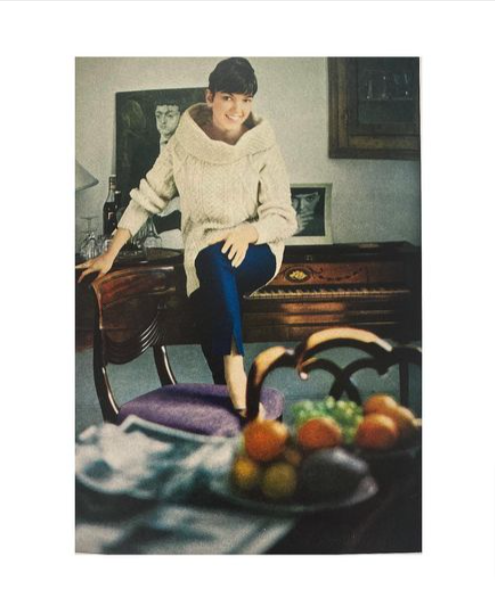



Comments are off this post!